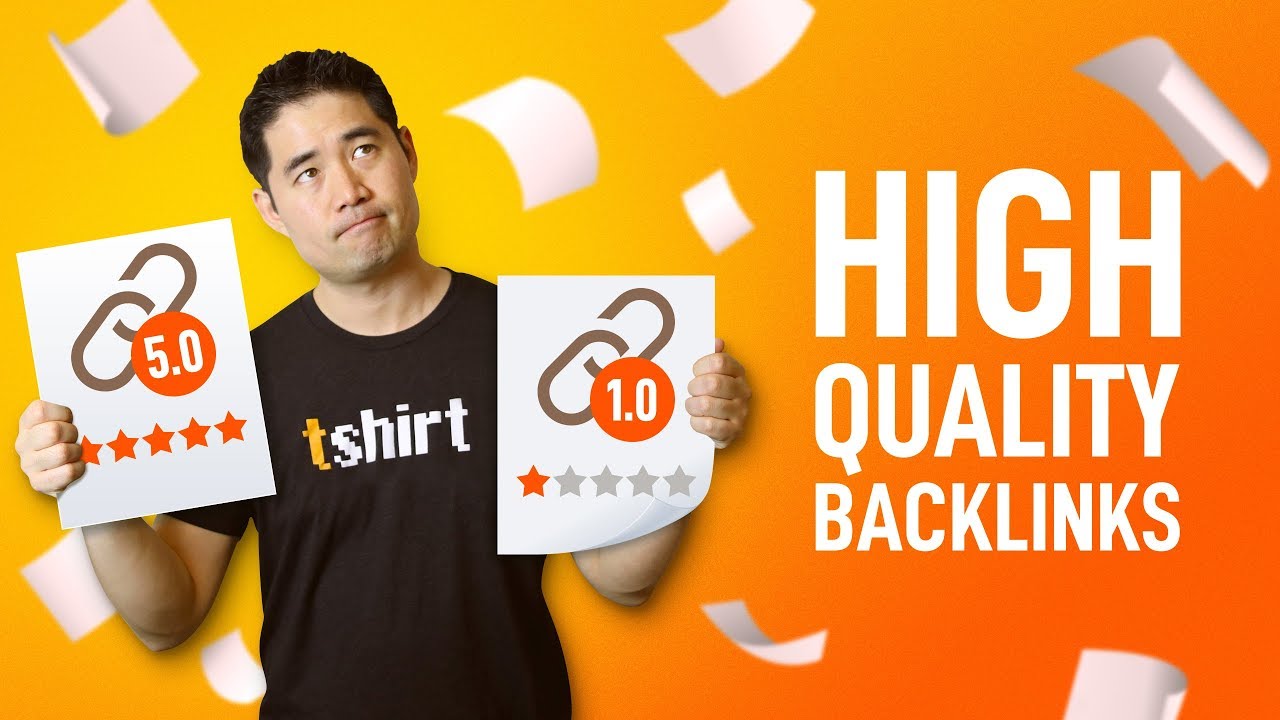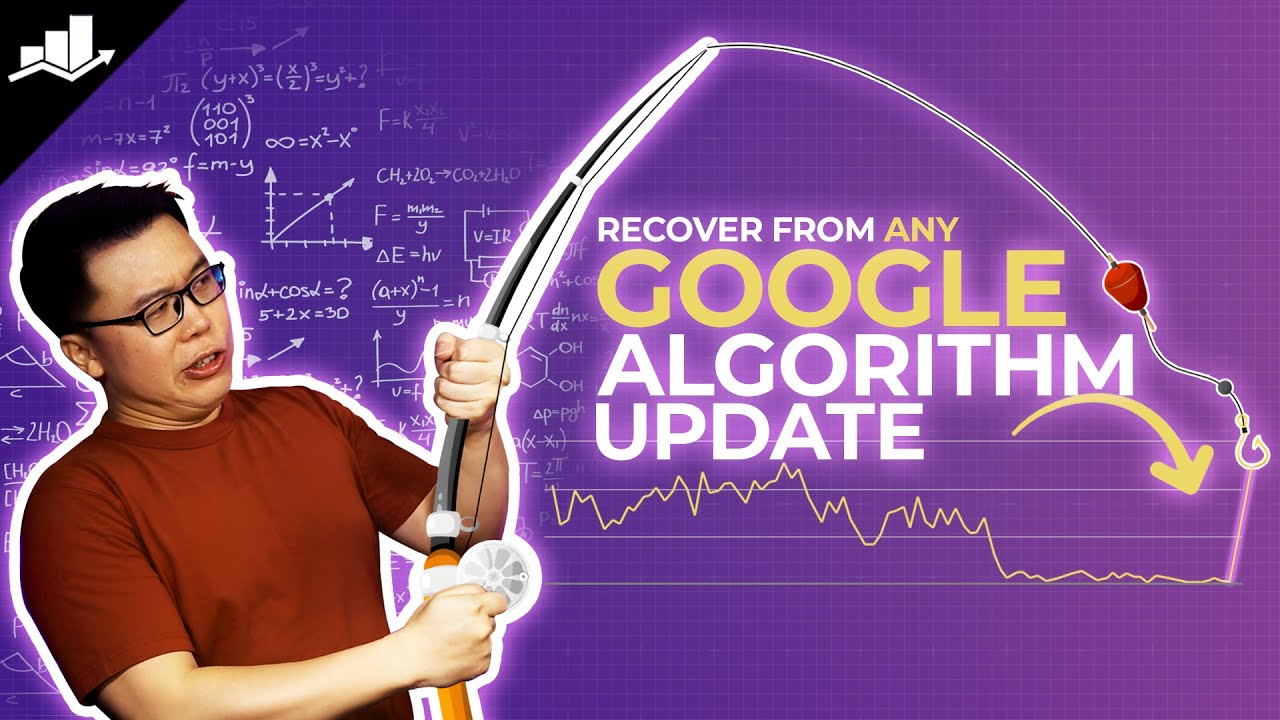In the ever-evolving realm of digital presence, mastering the art of Search Engine Optimization(SEO) has become essential for businesses and websites aiming to thrive online. With meticulous keyword research, on-point meta tags, and impeccable content optimization, one might expect their website to effortlessly ascend the search enginerankings. However, the harsh reality is that even with all the checkboxes ticked for good SEOpractices, this perplexing situation raises an important question: Why a site doesn't rank well despite good SEOefforts?
Lack Of High-Quality Backlinks

7 Attributes of High Quality Backlinks
What Are Backlinks?
Backlinks, or inbound links, are the currency of authority in the digital landscape. They are akin to endorsements from other websites, vouching for the quality and relevance of the linked content. However, not all backlinks are created equal. Search engines place a premium on high-quality backlinks, which originate from authoritative sources within the same or related industry. These links convey trust, credibility, and value to both users and search engine algorithms.
Despite meticulous keyword optimization, engaging content creation, and adherence to on-page SEO best practices, the absence of high-quality backlinks can act as a significant barrier to higher search rankings. Search engines perceive websites with a dearth of authoritative backlinks as lacking in credibility, potentially relegating them to lower positions on the SERPs. Elevating your website's backlink profile requires a strategic and multi-faceted approach:
- Content Excellence -Crafting exceptional content is the cornerstone of attracting backlinks organically. Valuable, informative, and unique content naturally entices other websites to reference and link to your pages.
- Outreach Outreach Outreach -Proactively reach out to influential websites, industry peers, and thought leaders in your niche. Building relationships can lead to collaborative content opportunities, interviews, or guest posts that come with valuable backlinks.
- Link-Worthy Assets -Develop content that serves as a resource hub or reference point for your industry. Comprehensive guides, infographics, original research, and in-depth analyses are more likely to be linked to by others seeking authoritative sources.
- Promote Your Content -Leverage social media, email marketing, and relevant online communities to amplify the reach of your content. The wider your content's exposure, the higher the chance of attracting backlinks.
- Reclaim Broken Links -Identify broken links on reputable websites within your niche. Offer your relevant content as a replacement, providing a solution for the broken link and gaining a valuable backlink in return.
- Guest Contribution -Contribute well-researched guest posts to reputable websites within your industry. These opportunities often allow for an author bio with a backlink to your website.
Lack Of Site Promotion And SEO

How to Promote Your Website and Get More Traffic (on a Shoestring Budget)
Site Promotion And SEO
SEO and site promotion are not isolated entities but interconnected forces that amplify each other's impact. While SEO lays the foundation for search engine visibility, site promotion acts as the megaphone that amplifies a website's presence across the digital landscape. When either of these elements falters, the equilibrium falters, leaving websites in a perplexing limbo.
Even with a robust SEO strategyin place, the absence of effective site promotion can render these efforts futile. A lack of proactive promotion means that the carefully optimized content remains hidden from the very audience it seeks to attract. Site promotion encompasses various strategies, including social media engagement, influencer partnerships, content sharing, and digital advertising.
Conversely, a lack of comprehensive SEO can hinder the potential impact of site promotion. While promotions draw attention, the absence of well-structured meta tags, optimized content, and technical finesse could discourage search engines from recognizing a website's relevance. Without the proper SEO foundation, even the most strategically planned promotions may lead users to a less-than-ideal user experience, resulting in higher bounce rates.
- Strategic Content Promotion -Beyond mere creation, promote your content across social media platforms, industry forums, and relevant online communities. Engage with users and encourage sharing to broaden your content's reach.
- Leverage Influencers-Partner with influencers in your niche to expose your website to a wider audience. Their endorsement can provide valuable backlinks and boost your site's credibility.
- Paid Advertising - Invest in targeted digital advertising campaigns to showcase your content to a precisely segmented audience, driving traffic and engagement.
- Comprehensive SEO -Conduct thorough keyword research, optimize meta tags, improve page load speed, and ensure mobile responsiveness. These foundational SEO elements enhance user experience and make your site more search engine-friendly.
- Engage with Data -Monitor analytics to assess the effectiveness of your SEO and promotion efforts. Adapt your strategies based on insights to continually improve your website's performance.
Lack Of Regular Updates

How To Update Content to Drive SEO Rankings
Search engines are not static entities; they are hungry for fresh, relevant content. User preferences evolve, new trends emerge, and algorithms adapt. Websites that remain static are akin to stagnant ponds in this ever-flowing river of digital information. Regular updates inject vitality into a website, signaling its responsiveness to current trends and its commitment to providing valuable, up-to-date content.
A website that remains untouched for extended periods becomes an echo chamber of its former self. While initial SEO efforts might have laid a foundation, the absence of ongoing updates can erode the website's relevance. Search engines, favoring sites that display vitality and consistent activity, may downgrade the site's ranking in favor of those that provide fresh, topical information. Reviving a stagnating website involves proactive measures:
- Content Revival -Audit existing content to identify opportunities for updates, expansions, and revisions. Outdated information or obsolete strategies must be replaced with current insights.
- Fresh Content Creation -Develop a content calendar that includes regular blog posts, articles, videos, or infographics. This establishes a pipeline of new material that attracts both users and search engines.
- Embrace Trends -Monitor industry trends, news, and user queries. Tailor your content to address current topics and provide solutions to prevalent problems.
- Interactive Elements -Incorporate interactive elements like polls, quizzes, or user-generated content to keep visitors engaged and encourage return visits.
- Technical Updates -Regularly check and update your website's technical aspects, including security, site speed, and mobile responsiveness.
- Engage with Your Audience -Encourage user comments, questions, and feedback. Addressing user interactions not only adds value but also fosters a sense of community.
Algorithmic Updates And Penalties

Recover From ANY Google Algorithm Update
Algorithmic Updates
Algorithmic updates are seismic shifts that redefine the ranking criteria. These updates can upend search rankings, rendering once-effective SEO strategies obsolete overnight. Websites that were compliant with previous algorithms might suddenly plummet due to new content quality, mobile-friendliness, or user experience benchmarks.
Algorithmic Penalties
Engaging in dubious SEO practices can attract penalties that are algorithmically enforced. Penalties range from subtle ranking drops to complete removal from search results. Common infractions include keyword stuffing, cloaking, and acquiring low-quality backlinks. Websites guilty of such practices are often caught in the crosshairs of algorithmic penalties, diminishing their visibility and credibility.
- Stay Abreast of Updates -Regularly monitor industry news and official announcements to anticipate algorithm changes. Being proactive allows you to adapt your SEO strategies in response.
- Ethical SEO Practices -Abide by search engine guidelines, focusing on user experience and quality content. Unethical shortcuts might offer short-term gains but can lead to long-term setbacks.
- Diverse Traffic Sources -Relying solely on search engine traffic leaves your website vulnerable to algorithmic shifts. Diversify by incorporating social media, email marketing, and direct traffic.
- Quality Content -Create valuable, comprehensive, and original content that caters to user intent. Algorithmic updates often prioritize content that addresses user queries effectively.
- Link Profile Health -Regularly audit your backlink profile to ensure it comprises high-quality, relevant links. Disavow toxic links that could attract penalties.
Your Site Speed Is Slow

10 Ways to Make Websites FASTER
Site speed refers to the time it takes for a web page to load fully. In an era where attention spans are fleeting, users have little patience for websites that crawl at a snail's pace. Consequently, search engines emphasize site speed as a crucial aspect of user experience.
While SEO strategies like keyword optimization and content quality are paramount, search engines recognize that delivering a seamless user experience is equally vital. Slow-loading websites frustrate users and drive them away, leading to higher bounce rates and diminished engagement—factors that search engines consider when ranking websites. Slow site speed initiates a detrimental chain reaction:
- Higher Bounce Rates -Users are more likely to abandon a website that takes too long to load, increasing bounce rates.
- Lower Engagement -Slow sites discourage interaction, affecting time spent on the site and the number of pages visited.
- Search Engine Perception -High bounce rates and low engagement signal to search engines that the website might not offer valuable content or user satisfaction.
- Ranking Impact -Search engines consider these signals when determining a website's relevance and quality, leading to lower rankings.
Boosting Site Speed And SEO
- Optimize Images -Large images can significantly slow down a site. Compress images without compromising quality to reduce loading times.
- Minimize Code -Clean, concise code reduces loading times. Eliminate unnecessary elements and scripts that weigh down your pages.
- Caching -Utilize browser caching to store frequently accessed resources locally, reducing load times for returning visitors.
- Content Delivery Networks (CDNs) -CDNs distribute website content across multiple servers, reducing server response times and improving load speeds.
- Mobile Optimization -Ensure your website is mobile-friendly. Slow mobile loading times can negatively impact user experience and SEO.
- Regular Audits -Monitor your site's speed using tools like Google's PageSpeed Insights and GTmetrix. Regularly assess and optimize for peak performance.
How To Improve Site Search Visibility?

How to Make Your Website More Visible on Google
Improving site search visibility involves a multifaceted approach that encompasses both on-page and off-page strategies. Here's a comprehensive guide to help enhance your website's visibility in search engine results pages (SERPs):
On-Page SEO
- Keyword Research -Identify relevant and high-traffic keywords related to your content. Use keyword research tools to uncover popular search terms that your target audience uses.
- High-Quality Content -Create valuable, informative, and engaging content that addresses user intent and satisfies their queries. Well-structured content not only attracts users but also signals to search engines that your website offers authoritative information.
- Optimize Meta Tags -Craft compelling meta titles and descriptions for each page using relevant keywords. These tags serve as the first impression in search results and can influence click-through rates.
- Header Tags -Use header tags (H1, H2, H3, etc.) to structure your content. They provide a hierarchythat makes it easier for search engines to understand the content's organization.
- Internal Linking -Establish a logical internal linking structure to guide users and search engines through your website's content. Link to relevant pages using descriptive anchor text.
- Image Optimization -Optimize images by using descriptive file names and alt text. This helps search engines understand the visual content and can improve visibility in image search results.
- Mobile-Friendly Design - Ensure your website is responsive and displays well on mobile devices. Google prioritizes mobile-friendly websites in its search results.
Technical SEO
- Page Speed Optimization -Improve your website's loading speed by optimizing images, reducing server response time, and utilizing browser caching. A fast-loading site enhances user experience and search visibility.
- Schema Markup-Implement structured data markup (schema.org) to provide additional context to search engines about your content. This can lead to rich snippets in search results, enhancing click-through rates.
- XML Sitemap -Create and submit an XML sitemap to search engines. This helps search engines understand the structure of your website and index your pages more efficiently.
- Canonical Tags -Use canonical tags to indicate the preferred version of a page if you have similar content on multiple URLs. This prevents duplicate content issues.
- SSL Certificate -Secure your website with an SSL certificate to ensure a secure connection. Google considers HTTPS as a ranking factor.
Off-Page SEO
- Backlink Building -Earn high-quality backlinks from authoritative websites in your industry. Quality over quantity is key. Focus on natural link-building through valuable content and outreach.
- Social Media Engagement -Be active on social media platforms to increase your brand's visibility. Engage with your audience and share your content to drive traffic and backlinks.
- Guest Posting -Contribute guest posts to reputable websites within your niche. This not only builds backlinks but also establishes you as an industry authority.
- Online Directories and Local SEO -List your website on relevant online directories, especially for local businesses. Ensure consistent NAP (Name, Address, Phone Number) information.
User Experience
- Mobile-Friendly Design -Emphasize a responsive design that offers a seamless experience across devices.
- Easy Navigation -Ensure intuitive navigation and clear site structure for both users and search engines.
- Engaging Content -Create content that encourages users to spend more time on your site, reducing bounce rates.
- Low Bounce Rates -Optimize your content and website layout to keep users engaged and minimize bounce rates.
People Also Ask
Is It Possible For A Site's Design To Affect Its Ranking Even With Good SEO?
Yes, website design impacts user experience, which in turn affects rankings. A poorly designed site can deter visitors and hurt rankings.
How Can Site Architecture Impact Ranking Despite Implementing Good SEO Techniques?
Site architecture affects navigation and user engagement. Good SEO needs a well-organized site structure for optimal ranking.
Can Outdated Content Hinder Ranking Even If SEO Practices Are Up To Date?
Absolutely, search engines favor fresh content. Outdated content, even with good SEO, might lose relevance and rank lower.
Does The Absence Of A Mobile-friendly Site Affect Ranking Despite Proper SEO?
Yes, mobile-friendliness is vital. Google considers it a ranking factor. Without it, your site's ranking may suffer even with good SEO.
Can A Lack Of Social Media Presence Impact Site Ranking Despite Good SEO Efforts?
Social signals indirectly affect ranking. A strong social media presence can increase visibility and engagement, enhancing overall SEO efforts.
Conclusion
The journey to optimal search engine ranking is a multidimensional one, marked by numerous influencing factors beyond the confines of conventional SEO practices. While SEO forms a vital cornerstone, a symphony of considerations - from content quality to technical robustness, from user experience to backlink profile - contribute to a website's fate in the search realm. Acknowledging the intricate interplay of these elements is crucial for navigating the complexities of search engine rankings.
In the digital age, where algorithms evolve and user behaviors shift, the pursuit of elevated ranking is a dynamic endeavor. A holistic approach that melds SEO excellence with content ingenuity, user-centric design, and responsive adaptability is essential. As websites strive to illuminate the digital landscape, it is the fusion of these factors that will ultimately pave the path to a well-deserved place at the pinnacle of search engine results.